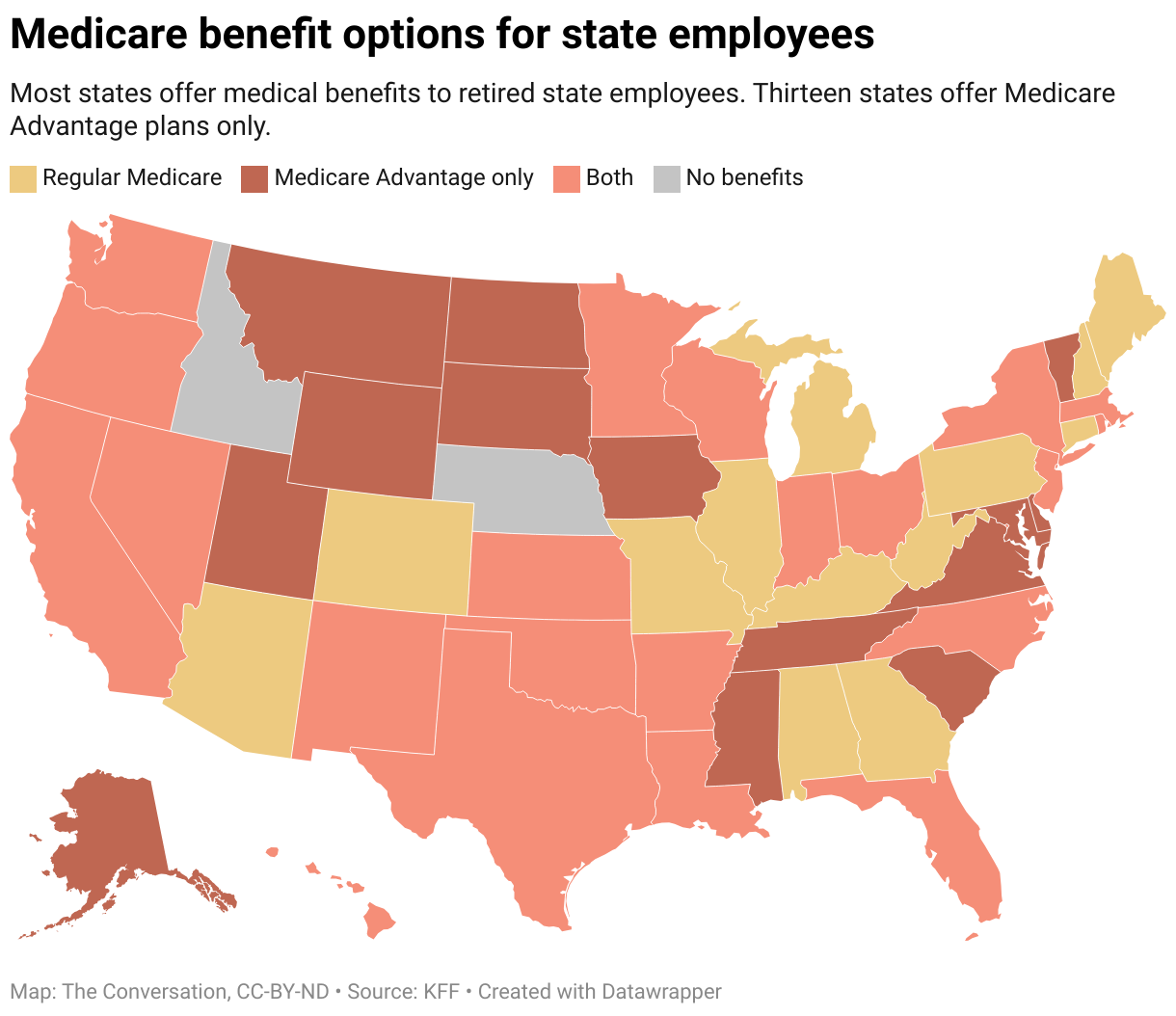Health insurance is an essential protection, but it can be expensive and cost thousands a year for coverage. On average, a single person who is 40 years old will pay $456 per month in 2023, or $5,472 per year, in premiums for the silver plan with the second-lowest-cost.1
But under the Affordable Care Act — sometimes referred to as Obamacare — you may qualify for help paying for your coverage. When you apply for a policy through the Health Insurance Marketplace, you may be eligible for subsidies that reduce your cost.
What are the subsidies?
The Affordable Care Act includes two subsidies from the federal government that can make health insurance more manageable on a budget:
- Advanced Premium Tax Credit: If you have lower to middle income, you may qualify for this tax credit. When you enroll in a health plan through the Health Insurance Marketplace, you can use the credit to reduce your monthly premiums. Or, you can opt to receive it when you file your tax return for the year.2
- Cost-Sharing Reduction: With the cost-sharing reduction, your out-of-pocket costs are lower. You could qualify for reduced copays, deductibles, and a smaller out-of-pocket maximum.3
Depending on your income and family size, you could receive one or both subsidies.
Who qualifies for subsidies?
Thanks to the American Rescue Plan and Inflation Reduction Act, in 2023, individuals with income up to 150% of the Federal Poverty Level (FPL) can receive a financial subsidy that will cover all or a majority of their monthly premium cost for health insurance. For those with an income of 400% FPL or above, the cost of health insurance cannot exceed 8.5% of total household income. This rule will remain in effect until 2025.
2023 Poverty Guidelines for the 48 contiguous states and the District of Columbia5
| Family Size | 150% of Poverty Guideline | 250% of the Poverty Guideline | 400% of Poverty Guideline |
| 1 | $21,870 | $36,450 | $58,320 |
| 2 | $29,580 | $49,300 | $78,880 |
| 3 | $37,290 | $62,150 | $99,440 |
| 4 | $45,000 | $75,000 | $120,000 |
| 5 | $52,710 | $87,850 | $140,560 |
| 6 | $60,420 | $100,700 | $161,120 |
| 7 | $68,130 | $113,550 | $181,680 |
| 8 | $75,840 | $126,400 | 0$202,240 |
How do subsidies work?
How you use your subsidies is dependent on the type of assistance you qualify for when you apply for health insurance.
Using the premium tax credit
If eligible for the premium tax credit, you can apply it to any of the four tiers of coverage available on the Health Insurance Marketplace: Bronze, Silver, Gold, and Platinum. You cannot use the credit to purchase catastrophic coverage, which is a low-cost option available for those eligible for a hardship exemption or individuals under the age of 30.
With the premium tax credit, there is a cap on the cost of benchmark plans — the second-cheapest silver plan available. If the cost of your premiums exceeds the cap, the government pays the difference through the premium tax credit. You can choose a higher-tier plan if you like, but the premium tax credit amount will not increase.
Using the cost-sharing reduction
Another form you may qualify for is the cost-sharing reduction. Unlike the premium tax credit, you can only use the cost-sharing reduction toward a silver plan. It reduces your out-of-pocket costs whenever you use health services.
With the cost-sharing subsidy, the out-of-pocket maximum can’t exceed $9,100 for individuals and $18,200 for two or more people in 2023.
When you enroll in a silver plan, the insurer will automatically enroll you in coverage and apply the subsidy to it. Unlike the premium tax credit, you can’t defer or receive the subsidy directly.6
How are subsidies calculated?
The government determines subsidies based on your adjusted gross income (AGI), family size, and household changes you are expecting.7 Your AGI is your gross income minus specific deductions, such as the student loan interest tax deduction and deductions for IRA contributions you may have made over the year.8
For example, if you live in Pennsylvania, are married, have no children, and have a household income of $50,000 per year, you earn 273% of the FPL. At that level, you would be eligible for subsidies.
You could get up to $497 in financial assistance per month as a premium tax credit, which would cover 71% of your cost.10
What happens when you under or overestimate your income?
If you underestimate your adjusted gross income for the year and receive more subsidies than you should have, you may have to pay some or all of it back. How much you repay depends on your income. If it’s over 8.5% of the poverty guideline for your family size, you may have to pay back a portion of it.
If you overestimate your income and get a smaller subsidy than you deserve, the government will retroactively adjust your subsidy when you file your tax return. If you don’t have a tax bill, you’ll get the remaining value as part of your tax refund.10
How to apply for subsidies?
To apply for a subsidy, fill out an application for coverage through the Health Insurance Marketplace. When you submit your information, the marketplace will let you know if you qualify for the premium tax credit or cost-sharing reduction.
Getting health insurance
If your household income is above 400% of the FPL, you won’t qualify for Obamacare subsidies. However, you may find other cost-effective insurance plans with Healthcare.com. The site offers many different options, including short-term health plans and individual plans.
You can use the Find Plan tool to search over 600 plans to find coverage that works for you and your family.
Sources
1. Kaiser Family Foundation. “Marketplace Average Benchmark Premiums.” KFF.org (accessed February 2, 2023).
2. Internal Revenue Service. “Questions and Answers on the Premium Tax Credit.” IRS.gov (accessed January 23, 2020).
3. U.S. Centers for Medicare & Medicaid Services. “Cost-Sharing Reduction.” Healthcare.gov (accessed January 23, 2020).
4. Kaiser Family Foundation. “Explaining Health Care Reform: Questions About Healthcare Subsidies.” KFF.org (accessed February 2, 2023).
5. U.S. Department of Health & Human Services. “Poverty Guidelines.” ASPE.HHS.gov (accessed January 23, 2020).
6. Kaiser Family Foundation. “Explaining Health Care Reform: Questions About Healthcare Subsidies.” KFF.org (accessed January 23, 2020).
7. U.S. Centers for Medicare & Medicaid Services. “Saving Money on Health Insurance.” Healthcare.gov (accessed January 23, 2020).
8. U.S. Centers for Medicare & Medicaid Services. “Adjusted Gross Income.” Healthcare.gov (accessed January 23, 2020).
9. Kaiser Family Foundation. “Health Insurance Marketplace Calculator.” KFF.org (accessed January 23, 2020).
10. U.S. Centers for Medicare & Medicaid Services. “Saving Money on Health Insurance.” Healthcare.gov (accessed January 23, 2020).




